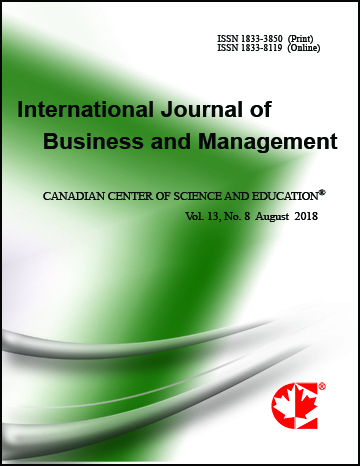Contingent Faculty: A Comparison of Accredited Business Schools in the U.S. and Canada
- Michael Carrillo
- Arthur Kraft
- John Kraft
Abstract
Over the past three decades, U.S. colleges and universities have undergone a significant shift in faculty composition. The last 30 years have seen a decline in tenured faculty, replaced by full-time and part-time contingent faculty on a non-tenure track.
The share of non-tenured faculty (contingent faculty) increased from 33% in 1987 to 48% in 2021, while the share of full-time tenured faculty declined from 39% to 24% during the same period. Driven by external factors including financial constraints, industry demands, and changing accreditation standards, schools reevaluated their faculty composition and adopted new strategies to meet market needs (AAUP, 2024). In Canada, data showed that between 2005 and 2015, the number of full-time positions decreased by 10%. In 2016, tenured and tenure-track faculty comprised 46.4% of the full-time faculty (Statistics Canada, 2016).
There were several reasons for the decline in the share of tenured and tenure-track faculty. These included decreasing funding, rising costs for tenured faculty, higher research expenses, fewer student enrollments, and stricter faculty tenure standards.
The faculty composition at accredited business schools in the U.S. and Canada was compared. A portfolio approach to faculty, balancing tenure, tenure-track, clinical, and lecturer positions, strengthened higher education. While tenured faculty remain essential for knowledge creation, doctoral mentorship, and long-term institutional leadership, full-time non-tenured faculty—such as clinical faculty and lecturers—enhance experiential learning, industry collaboration, and curriculum flexibility. This hybrid faculty model meets the demands of higher education and maintains the relevance and competitiveness of colleges and universities. Institutions must invest in contingent faculty to support goals related to impactful research, experiential learning, and teaching innovations.
- Full Text:
 PDF
PDF
- DOI:10.5539/ijbm.v20n5p237
Journal Metrics
Google-based Impact Factor (2023): 0.86
h-index(2023): 152
i10-index(2023): 1168

Index
- Academic Journals Database
- ACNP
- AIDEA list (Italian Academy of Business Administration)
- ANVUR (Italian National Agency for the Evaluation of Universities and Research Institutes)
- Berkeley Library
- CNKI Scholar
- COPAC
- EBSCOhost
- Electronic Journals Library
- Elektronische Zeitschriftenbibliothek (EZB)
- EuroPub Database
- Excellence in Research for Australia (ERA)
- Genamics JournalSeek
- GETIT@YALE (Yale University Library)
- IBZ Online
- JournalTOCs
- Library and Archives Canada
- LOCKSS
- MIAR
- National Library of Australia
- Norwegian Centre for Research Data (NSD)
- PKP Open Archives Harvester
- Publons
- Qualis/CAPES
- RePEc
- ROAD
- Scilit
- SHERPA/RoMEO
- Standard Periodical Directory
- Universe Digital Library
- UoS Library
- WorldCat
- ZBW-German National Library of Economics
Contact
- Stephen LeeEditorial Assistant
- ijbm@ccsenet.org
